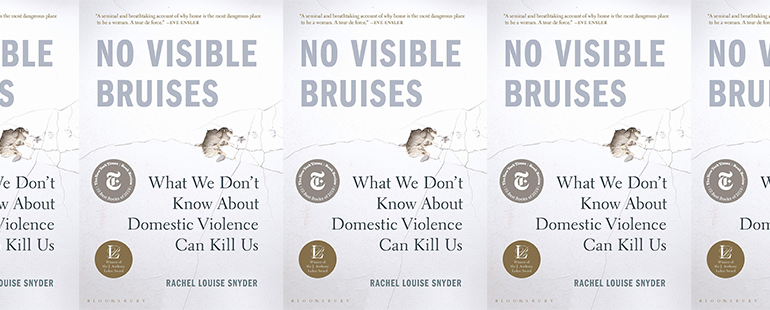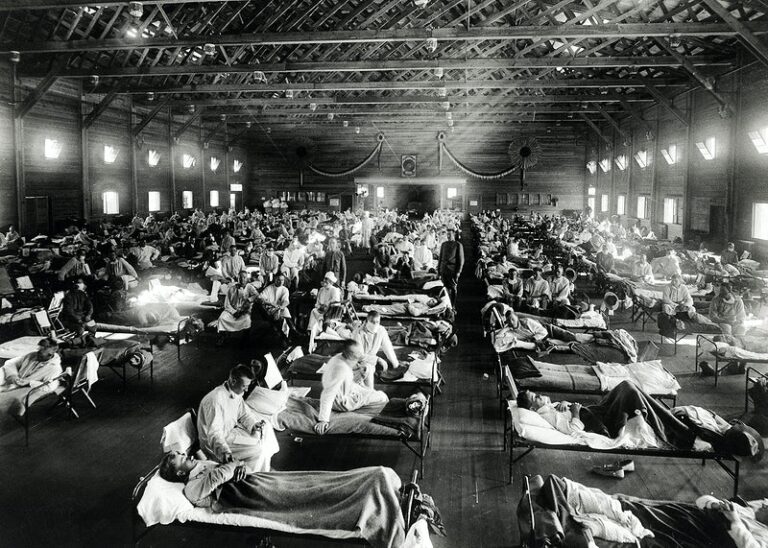The Language of Domestic Violence

Domestic violence is undoubtedly one of the most difficult topics to talk about. Doing so engenders horror, despair, rage, guilt, confusion, and often doubt. It has long gone undiscussed—repressed, avoided, silenced. As a result, the actual vocabulary needed to express its complexities feels inadequate. “Domestic violence” is itself a disputed term: “‘Domesticating’ violence,” journalist Rachael Louise Synder writes in her 2019 book, No Visible Bruises: What We Don’t Know About Domestic Violence Can Kill Us, “implies some kind of softening.” As she confronts and refutes many common myths surrounding domestic violence—Why didn’t she leave?—Snyder repeatedly returns to a consideration of how language can and does repeatedly fail its perpetrators’ victims. She does not ignore the limitations of words such as “domestic violence” and “victim,” but also acknowledges that she has to adopt some terminology, however flawed, in order to write at all. I have followed her example when appropriate. Given this shoddy vernacular, there remains a real question of how we can grapple with such a serious problem, much less find solutions, if we barely have the language to speak about it, much less the right language. Snyder is well aware of this challenge, but her book demonstrates how even imperfect language can be powerful and why word choice is especially important when speaking about this complicated crime.
No Visible Bruises is divided into three sections, each focusing on a different aspect of domestic violence. The first wrestles with “that most dogged of questions: of why victims stay,” and focuses heavily on the life of Michelle Monson Mosure. We are introduced to Michelle through her family members, and her story is every bit as infuriating, horrifying, and depressing as you might imagine. Michelle met a man named Rocky Mosure when she was fourteen and had two children with him by the time she was eighteen. When she was twenty-three, Rocky shot her and their two children before shooting himself. All four died in “a case that shocked the entire state”—the kind of tragedy that language can never properly convey. If Michelle’s murder represents a failure of language, however, her life is a case study of how language came to fail.
Snyder points out that “domestic violence is like no other crime. It does not happen in a vacuum. It does not happen because someone is in the wrong place at the wrong time.” In other words, there is always a history when domestic violence is concerned. In Michelle’s case, Rocky had been abusive for many years, but signs of his controlling and violent nature were often overlooked by those around her. Michelle and Rocky’s relationship should have resulted in statutory rape charges, for example, but no one spoke up. When Michelle moved in with Rocky, she began to say things like, “‘Mom, you need to get a life and stop coming over here so much.’” Although taken aback, Michelle’s mother “didn’t know at the time what she was really seeing”: that Rocky was actively working to isolate Michelle from her family. This same lack of awareness marks Rocky’s friend Ivan’s recollections of how, “on several occasions, when Michelle managed to get away for a few hours. . . she’d wonder aloud what Rocky was capable of. She’d talk vaguely about how he’d threatened her or threatened the kids. Ivan said he didn’t realize what she was really asking him.” There were indicators of danger, as there so often are, but they were not understood as such. Michelle’s was a language no one knew enough to read.
Michelle’s family and friends may be able to plead some level of ignorance, but the professionals involved simply disregarded Rocky’s behavior. Before killing his family, Rocky was arrested for breaking into his mother-in-law’s house and taking his daughter from her care. In the police report, this event was written up: “Def broke out the rear door window at his mother in laws [sic] residence while gaining entry into her home to remove his nine year old [sic] daughter.” Missing is any account of “broken glass. . . blood on her wall. . . injuries to Melanie, whose arm was bruised from elbow to wrist, scrapes and scabs where he had drawn blood.” Aside from downplaying the severity of the crime, the report is factually wrong and can hardly be said to represent a fair and accurate portrayal of the assault. The superficial police report led to Rocky being allowed out on bail, which led to Michelle recanting the statement she had made against him, which led to Michelle returning to live with him, which led to her death. The failed language of the police report played a huge part in Michelle’s murder, and No Visible Bruises makes it clear that such incidents are far from uncommon. But they are just one small example of larger, systematic failures around domestic violence.
In the book’s second section, Snyder shifts focus to that long-overlooked aspect of domestic violence: the abusers themselves. Michelle’s story, however, continues to resonate throughout. Snyder travels around the country to learn about programs operating mostly in correctional facilities that attempt to help men with a history of violence become less violent. These are men who tend to think of women “as items he owned or discarded at will. . . their role was in service to him”; in their stories, there are many echoes of Rocky’s behavior toward Michelle. When Michelle suggested she begin working at a motel near their home, for example, “he blew up, said he wasn’t going to have the mother of his children at a motel sleeping with all the guests.” On another occasion, Rocky threw away Michelle’s “prescription for antidepressants [because] he wasn’t going to have a ‘psycho-wife’ on meds.” The men in the correctional facilities’ programs have been brutal toward those around them, and the idea of rehabilitation seems a long shot at best. Where would you even start with such men? The answer, as it turns out, might be with language.
In one program, abusers are brought together in groups and are taught to look for behaviors within themselves and each other such as “Denial, Minimize, Blame, Collude” that allow them to deny the extent of their violence. Men are asked to tell stories of their perpetration of domestic violence while others point out instances in which they attempt to offload blame. These exercises show “how language matters, how much we can lie to ourselves, take ourselves off track to avoid responsibility.” A change in language may change a man’s relationship with violence, allowing him to “own your violence. Be accountable for your violence.” This solution seems almost too good to be true, but for the men in these programs, “it’s not becoming nonviolent that blows their minds about themselves; it’s learning that they’ve been fed a line about what they’re supposed to act like and who they’re supposed to be, a line about what masculinity means and what being a man means.” Of course, wordplay will not resolve a lifetime of learned toxic masculinity, and such efforts are too new, small, and underfunded to generate a significant amount of data proving their efficacy, but language has played such a deep role in the perpetration and facilitation of domestic violence—why should it not in prevention as well?
In the third and last section of her book, Snyder builds on our understanding of domestic violence, looking out and up for root causes and solutions. She turns to those in power: “the changemakers, people on the front lines of domestic violence and domestic violence homicide. . . advocacy, the judiciary and law enforcement initiatives.” The men in the correctional facility programs in section two were in many ways raised to be violent, taught from a young age that being a man meant being violent. Their upbringings echo a global society in which “we didn’t recognize domestic violence as wrong for most of human history.” Snyder also notes that “women of color [experience] private violence at the same or even higher levels as white women, except they [bear] the added weight of racial inequality.” A crime that affects mostly women, people of color, and other marginalized populations is one ripe for being ignored. The language crafted by those in power—culturally, politically, legally—is closer to the language of the abusers than the victims, and these long-standing power dynamics help to explain why such a rampant crime is often treated so cavalierly.
There were many things lined up against Michelle, but it may have been the dismissive police report that sealed her fate. In this and other elements of her life and death, she is not alone. Snyder reports that there are still police chiefs out there who prefer to call domestic violence a “‘domestic situation’ [and] this, too, is part of the problem. The language we use to describe what is, by any measure, a crime. Domestic disputes, domestic violence, private conflicts, volatile relationships mistreatment, domestic abuse. All of these are passive constructions, eradicating responsibility not only on behalf of the abuser but on behalf of law enforcement as well.” The trivializing language used to describe domestic violence lies at the heart of the problem and is among the major factors that must change if domestic violence is to be eradicated. The men in the correctional facility programs had to evolve their relationship with language and violence in an effort to become nonviolent. There is every indication from Snyder’s book that we as a society must do the same.
Snyder’s work may represent or spur a growing awareness of the extent of domestic abuse, and such a transformation is among her intentions. She “studied fiction in graduate school but gravitated toward nonfiction soon after because I understood almost immediately that nonfiction was a more direct source of change.” If change is what Snyder is after, she has done critical work in No Visible Bruises to guide us toward prevention. There is a compelling determination to Snyder’s writing as well as to her suggestion that if we tell these stories enough, that if we find the right way to tell them, then maybe someday we won’t have to tell them anymore.


